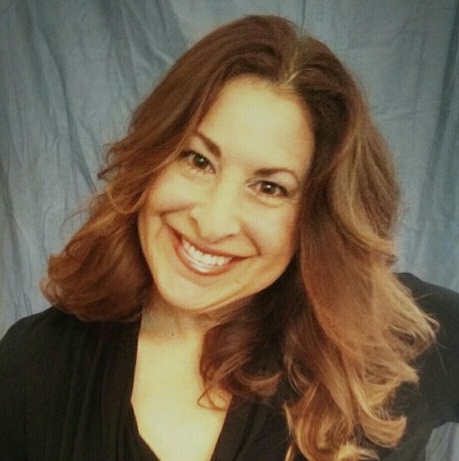I invite you to join me in taking a 30,000-foot look at student mental health. I want you to see what I’ve seen over the past several years as a professor, a psychologist, and a parent.
First, you’ll note a significant change from years past. While educators continue to express concern over the so-called “loners and stoners,” joining them are a new cohort of students – the outcomes-oriented pressured students (OOPS). Student loan debt, perceived competitiveness of the job market, parental expectations, and comparison to others via social media have created a subgroup of young people concerned that the slightest misstep will spell irrevocable gloom and doom for the remainder of their existence. That is not hyperbole to them.
Look again and you’ll see a mental health care system sorely out of step with the changing landscape. While Boomers and GenX’ers readily sought advice from older adults and professionals, Millennials and GenZ’s find peer validation and support far more meaningful. Hence, the current model, reliant on students disclosing personal challenges to professionals, is at odds with their reticence, particularly the OOPS, to reveal perceived personal flaws. When they do disclose their struggles, it is typically to a peer. Nevertheless, perhaps because of the litigious nature of our society or because student violence and suicide scare us so, adult decision-makers have been hesitant to deviate from traditional approaches to intervention.
Certainly, therapy has its benefits and the newer modes of tele-mental healthcare and emotion-sensitive AI have demonstrated some positive outcomes. The big picture, though, reveals the limitations of doing more of the same. While a recent Barnes and Noble College Insights survey suggests that approximately 40% of students do not disclose their mental health struggles, other studies put estimates closer to two-thirds. Moreover, research consistently shows that only between 10-15% of those who suffer, seek help from their university’s counseling center. The 30,000-foot view highlights our failure to identify and/or address the needs of a majority of students.
So, how do we move beyond the mismatch between the current paradigm and the needs of all students including OOPS and the “loners and stoners” (who, incidentally, are also increasingly concerned about mental health stigma given the growing inference that mass shooters were once just like them)? The answer involves meeting students where they are and developing additional means to move them forward.
We begin by accepting their preference and need for peer support. For instance, an OOPS who shares with other OOPS that they, too, suffered from anxiety and depression resulting from a life lived under pressure, has a far greater impact than hearing a clinical description of the shared experience from a counselor. Fortunately, Millennials and GenZ’s are often social justice warriors wanting to provide peer support and to impact society in positive and meaningful ways. They should, therefore, be empowered to create a social movement. Just as they championed the right of LGBTQ peers, broad social change will normalize personal struggles and help-seeking behavior. It is imperative we aid them by identifying leaders and backing such efforts.
In the meantime, we can also facilitate a more gradual entry into traditional mental healthcare. Doing so begins with creating means of peer validation. When students realize they are not the only ones struggling, they gain a sense of hopefulness that promotes disclosure. Still, they’ll need additional scaffolding in the form of safe, vetted online peer-support groups subsequently feeding into in-person support groups. By then, if they haven’t already learned effective means of coping, they should feel increasingly comfortable seeking professional counseling.
Aside from addressing the needs of the many students who suffer in silence, our current paradigm does woefully little to foster a graduated exit from the mental healthcare system. Students sent back into stressful environments upon termination of counseling require continued nurturing. Here again, a peer-oriented approach is advantageous. Those who share their stories of coping with or resolving their mental health issues, particularly through video, serve as courageous authentic role models. In so doing they also bolster their own mental health, empower themselves, contribute to a social movement, and create tangible means of reaffirming their mental well-being during inevitable future struggles.
Come back to the ground now. Look at the kids in your living room or your classroom. There’s a very real chance they’re not going to tell you what’s going on with them and you’re not going to be able to make them do so. If you want to help them, trust them and assist them in creating the sort of social change that will increase their comfort in coming out of the mental illness closet.
Risa Stein, PhD is a Professor of Psychology at Rockhurst University, author of the Best Damn Life Workbook, and founder of the nonprofit student mental health support site, GenuineU.


